Wimbledon Stadium holds a special place in my heart. Almost 20 years ago, it was the first venue at which I ever watched short oval racing, which left me spellbound.
In subsequent years, I was a regular visitor to the track in southwest London to watch hot rods, stock cars or bangers and even, on one occasion, Siamese bangers, where two cars, one mounted precariously atop the other, did battle. The lower driver controlled the pedals and the upper one the steering, via a column elongated with a stretch of hastily welded scaffolding pole.
Spectating from the ageing grandstands under floodlights on a cold, clear night was a particularly evocative experience, augmented by the heady aromas of racing fuel, and frying onions from the burger stand in the paddock.
On the last Sunday in March this year, the chequered flag at Wimbledon Stadium fluttered for the final time. The stadium, built in 1928 as a greyhound racing track and a regular venue for short oval racing since 1962, is set to be torn down to make way for a new ground for the AFC Wimbledon football club, plus some posh flats and retail units.
Closed road motorsport for Britain gets the green light

Wimbledon Stadium was the last ‘proper’ motor racing track in London. Once, there were plenty. Our nation’s short oval scene sprung into life in the capital back in the mid- 1950s. Seasoned enthusiasts speak wistfully of already lost venues, such as Harringay, West Ham and New Cross.
Wimbledon, formerly owned by the Greyhound Racing Association until it was passed over to a developer, Galliard, has definitely seen better days, but Spedeworth, the company that promoted race meetings at the track, put on a good show despite the challenges of using the venue.
Driving the 306bhp Honda Civic Type R BTCC car
Those challenges included a lack of investment that left the concrete apron where the drivers worked on their cars cratered with savage potholes. Shared usage with a car boot sale meant that competitors arriving at the venue were greeted by piles of rubbish, unwanted clothes and bric-a-brac. Half of the grandstands were off-limits to spectators on safety grounds. Faded signage and crumbling furnishing hinted at a more prosperous past.
Although the final meeting was a sell-out as fans crammed in to bid farewell to the track, not all Wimbledon meetings have enjoyed the same level of support. And as emissions regulations in the city have tightened, it has become increasingly expensive for competitors to drive the diesel transporters carrying their race cars into the capital.
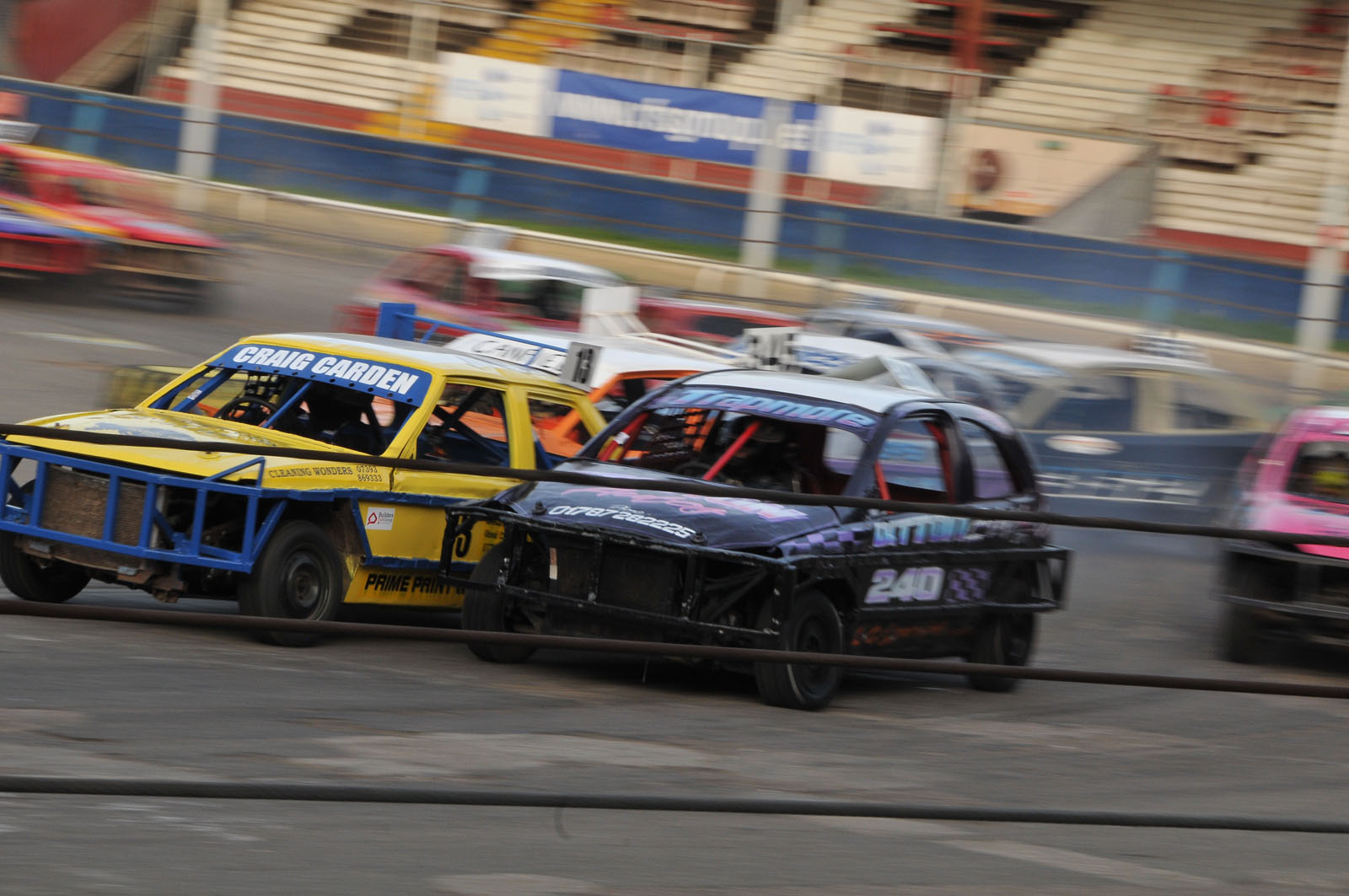
A group of enthusiasts led by Peter Gray, a racer and spectator, have mounted a passionate argument that the stadium should be saved.
“I’ve been around Wimbledon Stadium for my whole life,” says Gray, who lives 20 minutes up the road. “My dad and grandad started racing at Wimbledon in the late 1960s, and my brother and I started competing about 10 years ago. The stadium is a real focal point and gives everyone involved in short oval racing the opportunity to meet up.”
Gray and his fellow campaigners stress Wimbledon’s cultural worth, and they might have a point. Prior to being appointed London’s mayor last year, Sadiq Khan pledged that he would “protect and promote London’s cultural riches”, and “support and protect London’s workspaces and venues threatened by encroaching development”. Yet he hasn’t stood in the way of the plan to flatten the stadium.
Spedeworth has other tracks on its roster, but Wimbledon was the last survivor of an era of grand old stadiums. It echoed with memories. A parade of champions and replica stock cars from yesteryear was a highlight of the final meeting; immaculate reminders of how much sweat and toil amateur racers have put into their passion through the decades.
The final meeting ended as Wimbledon’s first oval event had begun: with a race for Superstox cars. The last winner was Martyn Coles – or ‘511’ in a sport where a racer’s car number has almost as much equity as his or her name.
The fight isn’t quite over for Gray. A request to afford Grade I listed status to the venue is currently being reviewed by Historic England and, until that has been decided upon, redevelopment cannot proceed.
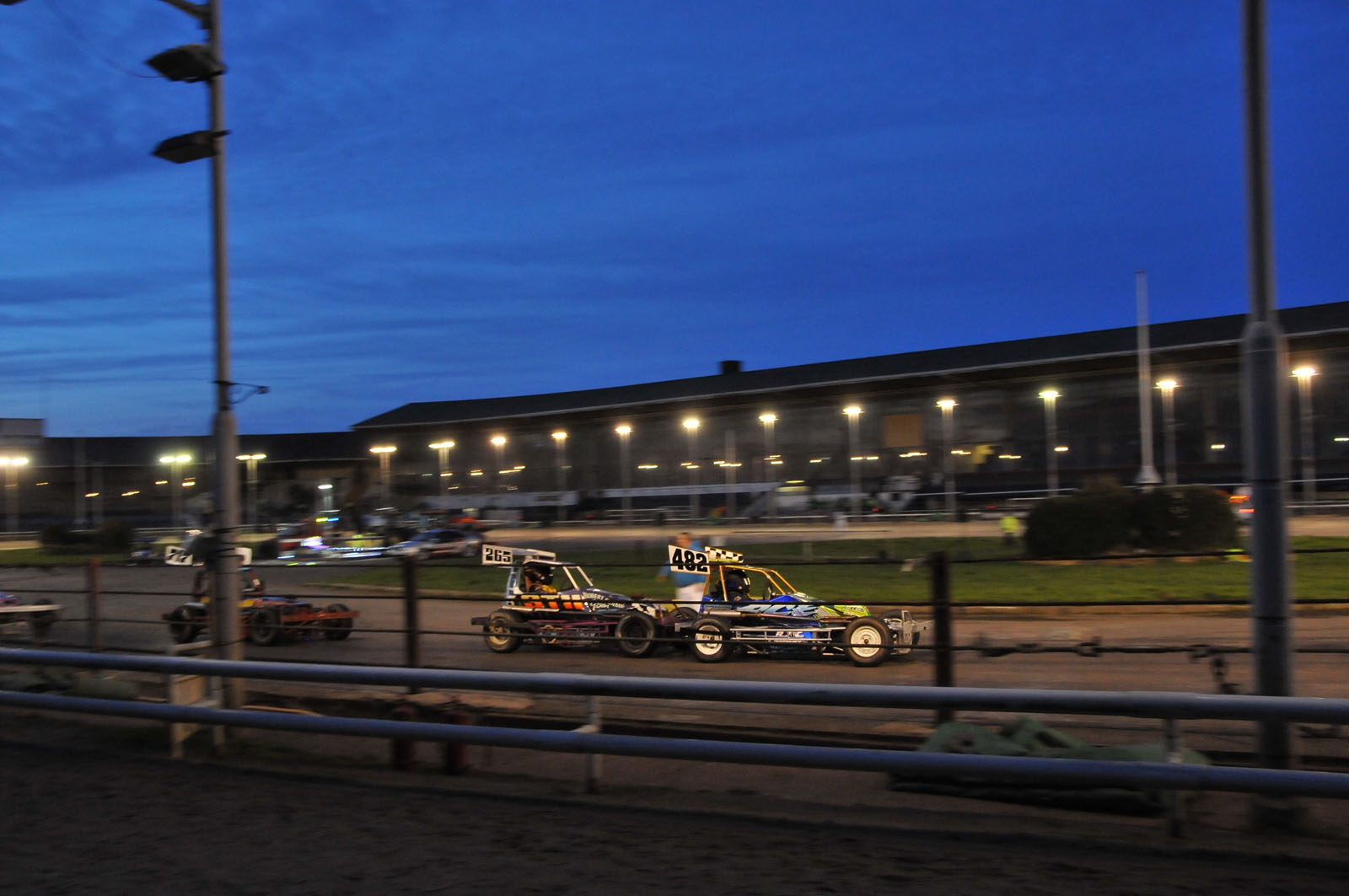
Gray hopes the officials reviewing the application will look beyond the crumbling facade and see its true value to generations of racers and fans: “It is an important asset, both historically and culturally, especially because of its design.” (It is one of the few remaining sports stadiums of its kind in the country)
The irony that the stadium is being demolished to make way for AFC Wimbledon’s new ground isn’t lost on oval race fans. Once based at Plough Lane just yards from the stadium, the original Wimbledon FC was forced out of its ground and then lost its identity as its owners moved the team to Milton Keynes. Now a reborn and increasingly financially successful AFC Wimbledon is seen as playing the part of the corporate aggressor, depriving the capital of its last grass-roots motor racing venue.
“I don’t disrespect AFC Wimbledon, but everything they fought so hard against is what they are doing to us now and I don’t think that’s fair,” says Gray. “You can’t go walking all over people and then claim to be a fairy tale success.”
Will short oval racing get a reprieve that means the sound of hot rods and stock cars can sing through the London night once again? Now that really would be a fairy tale.

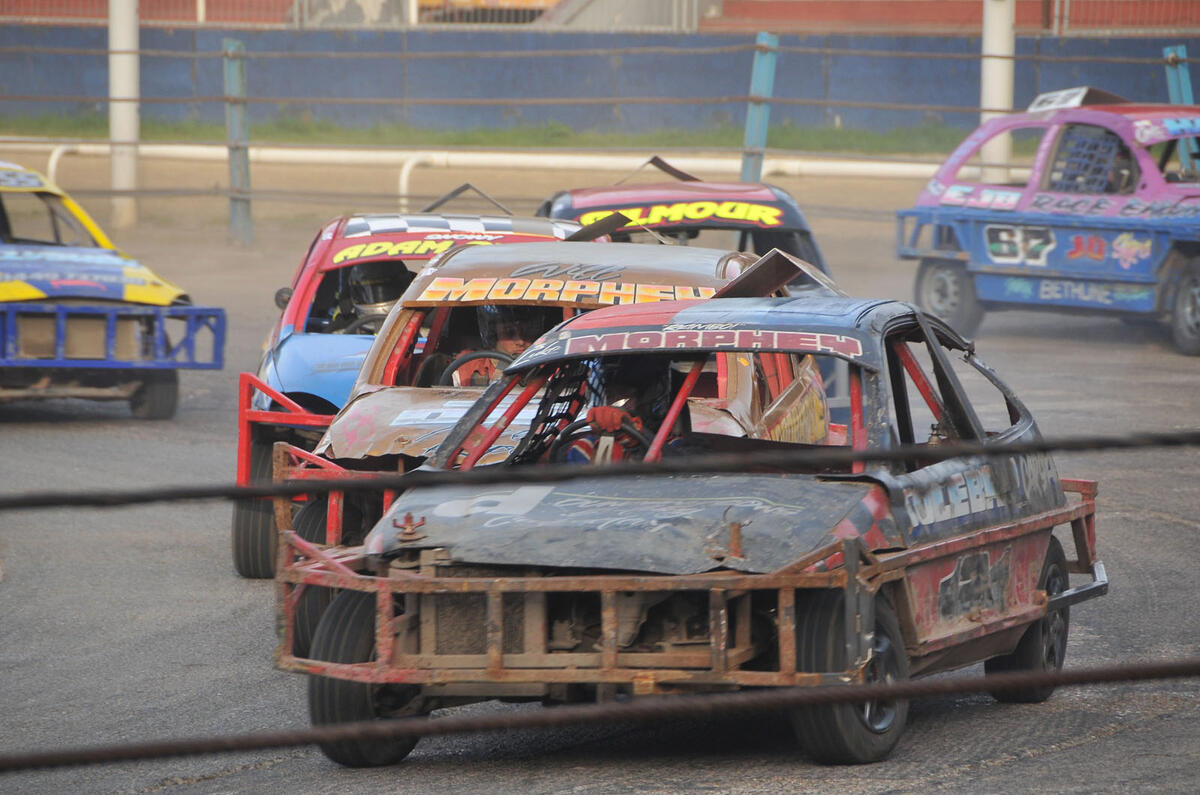
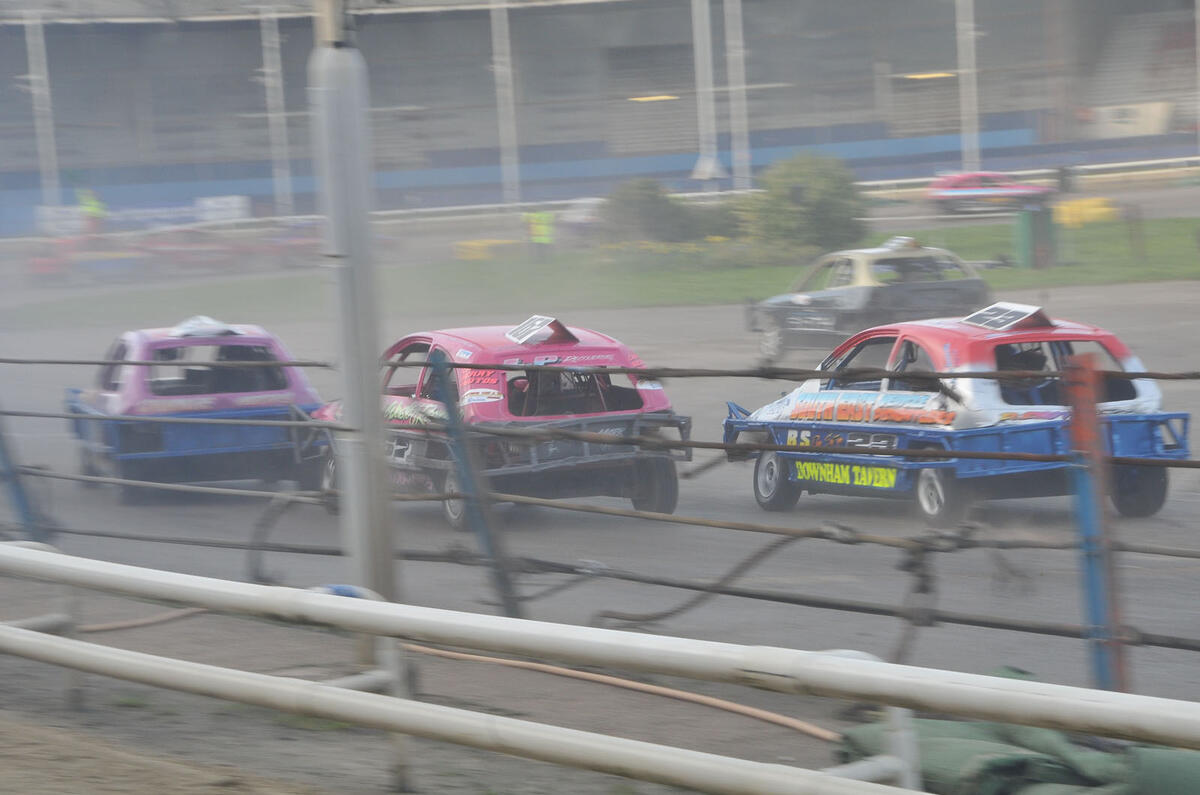
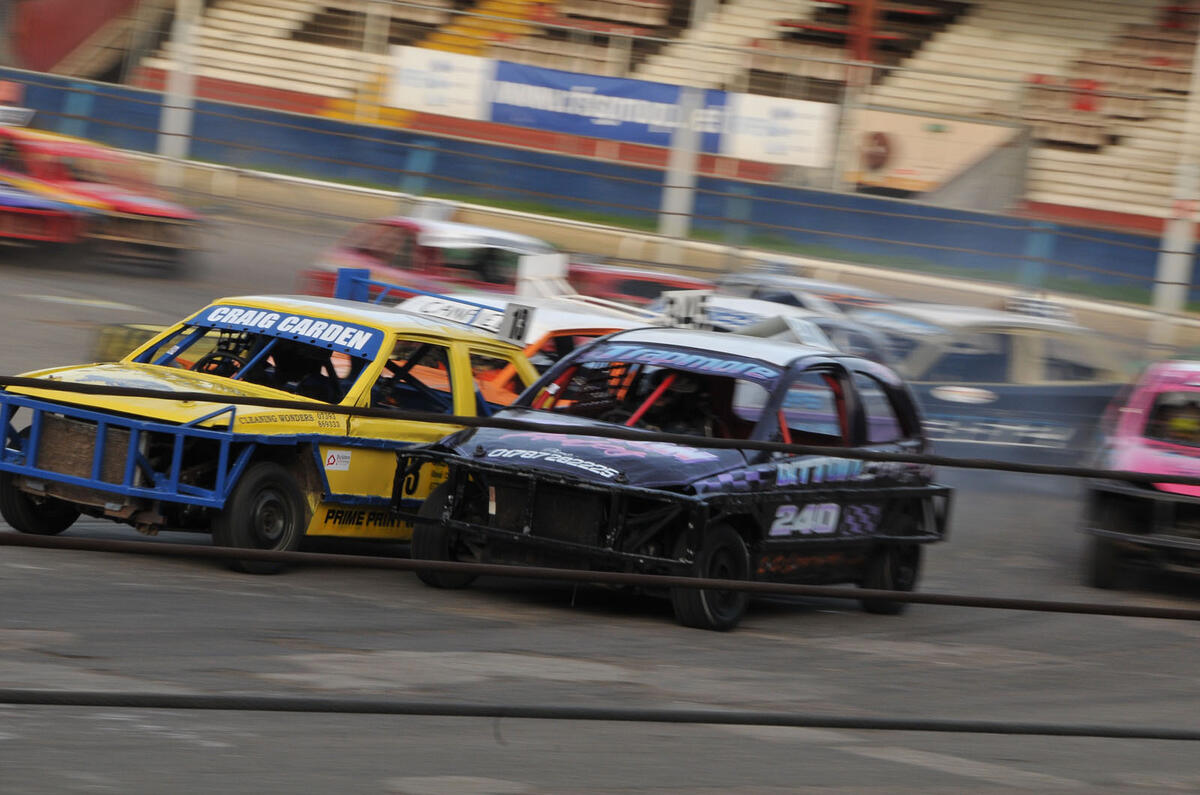
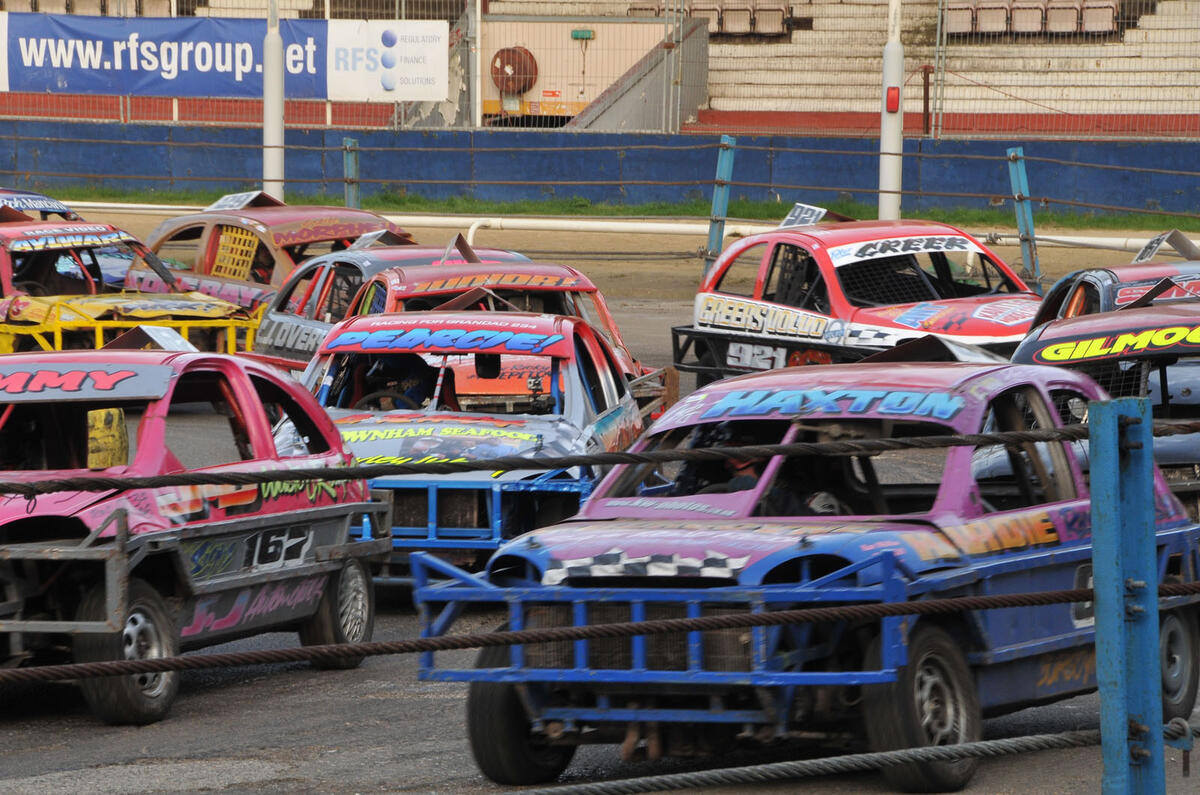
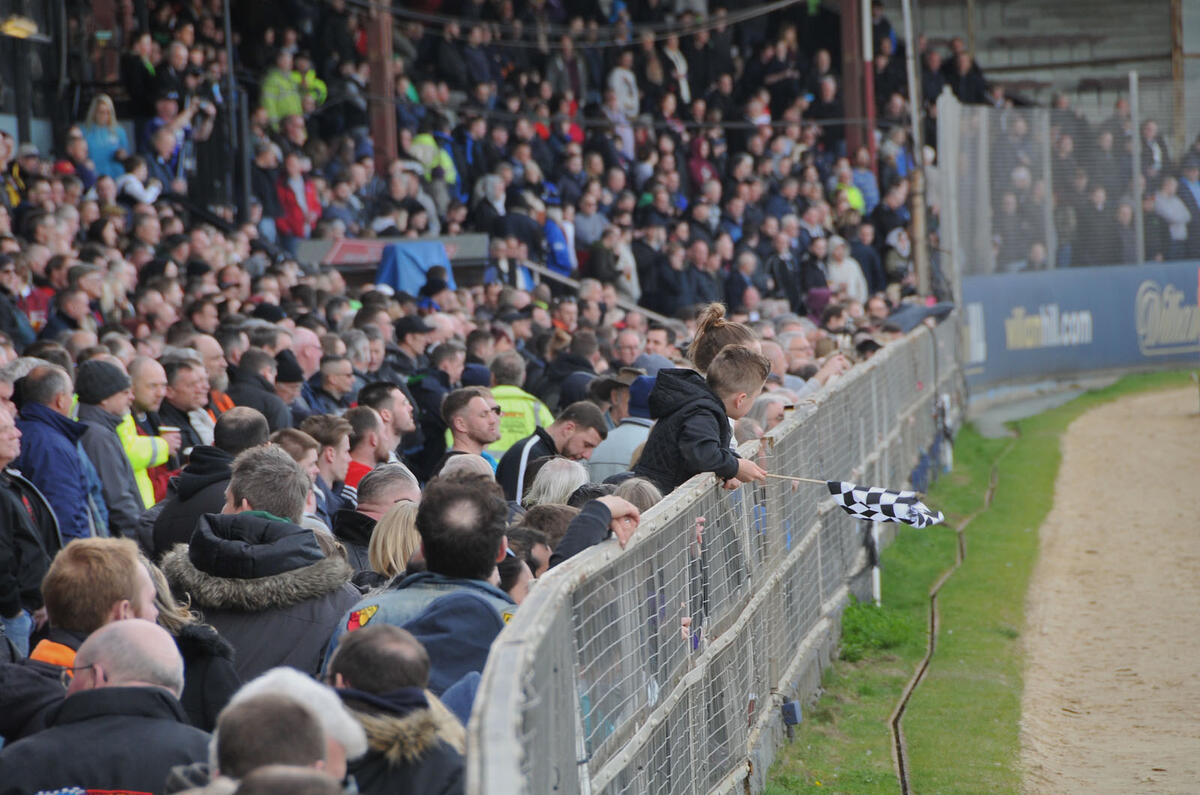
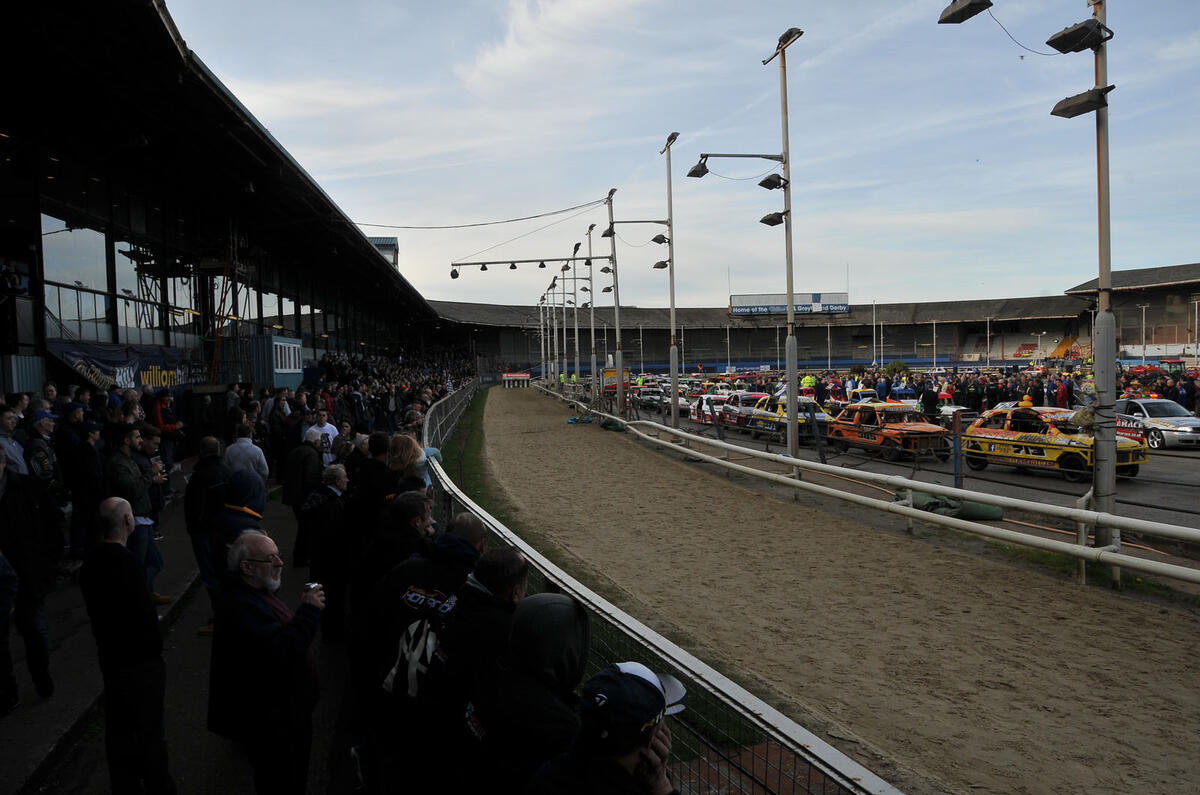
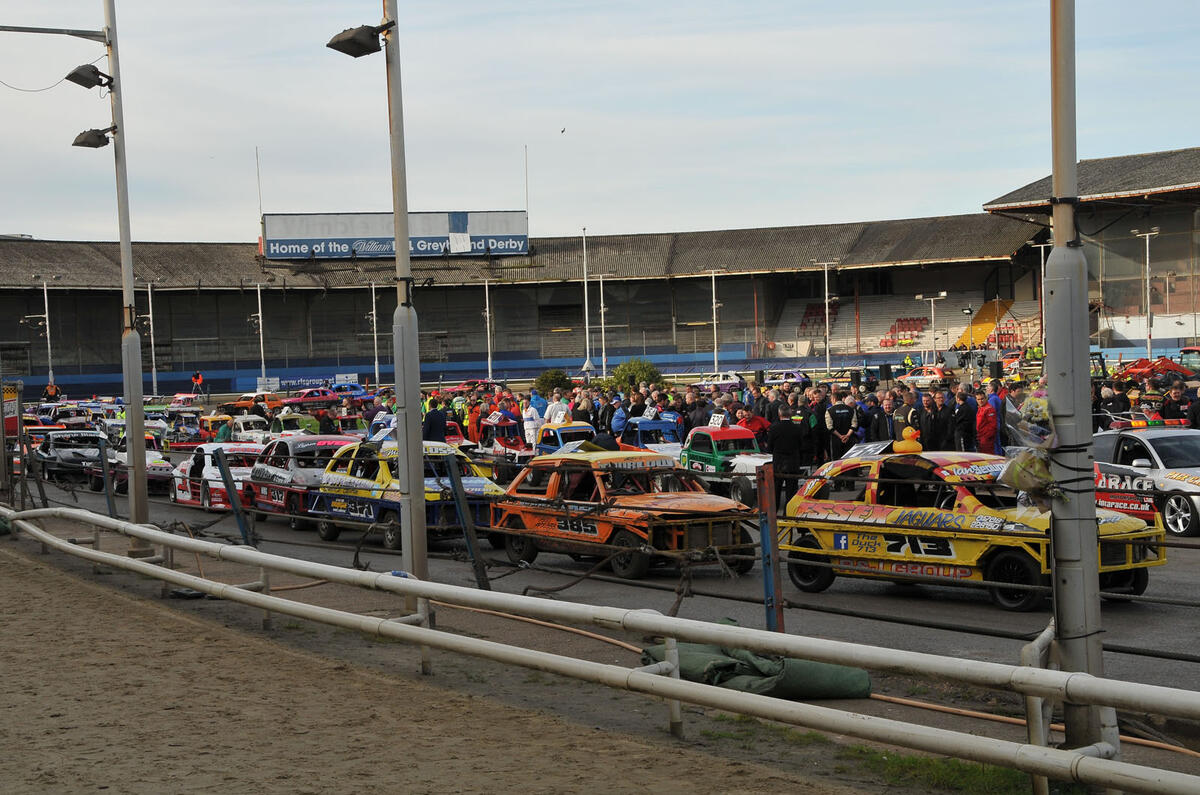
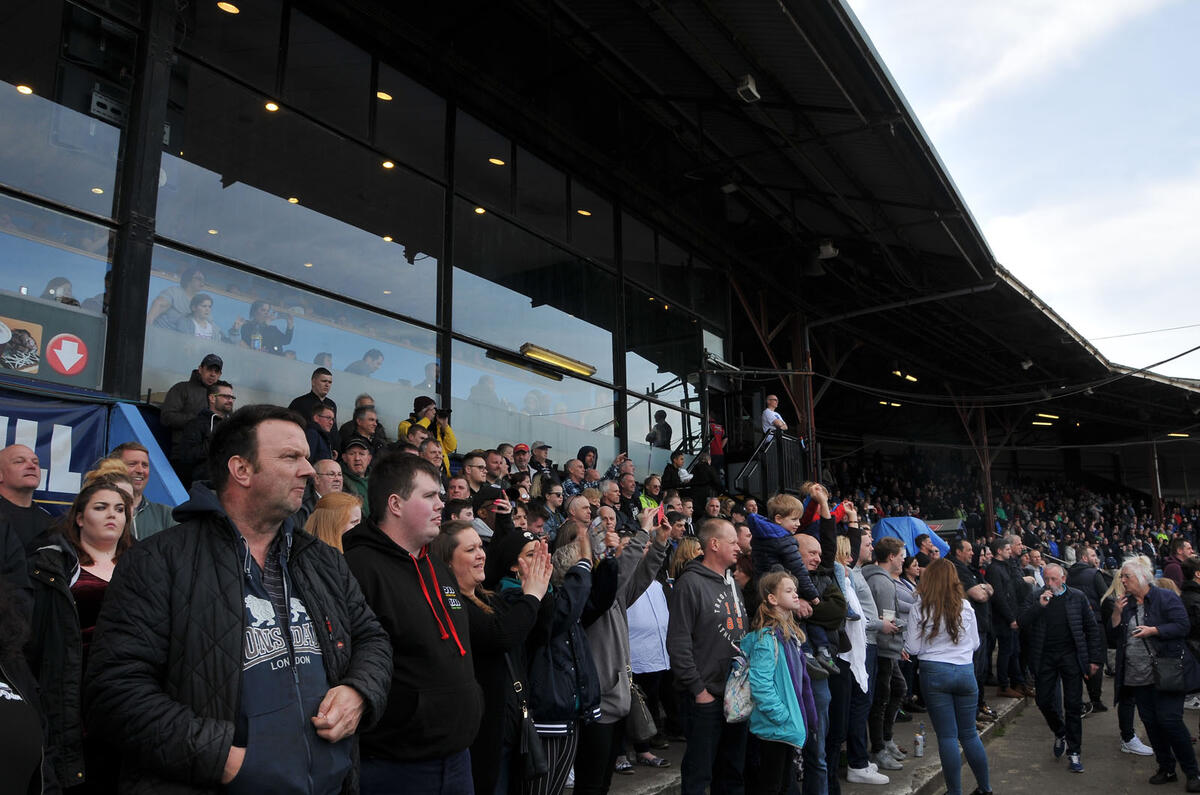
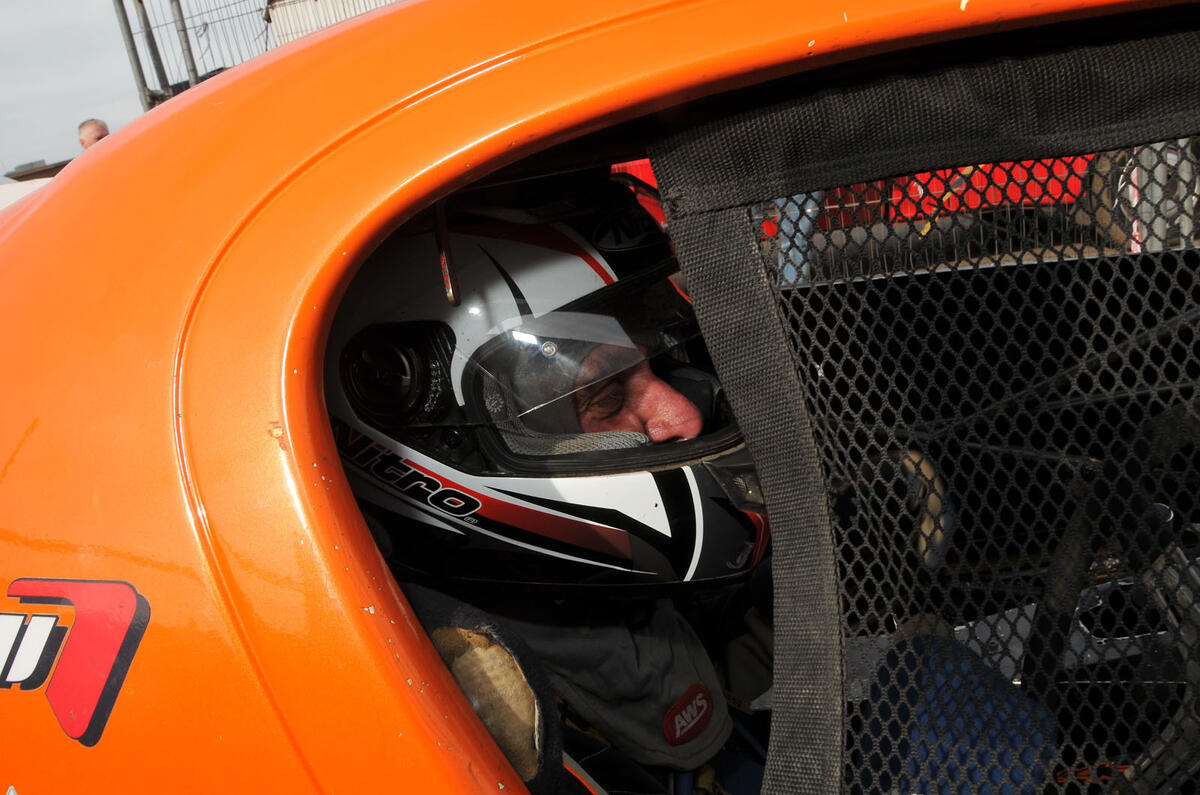
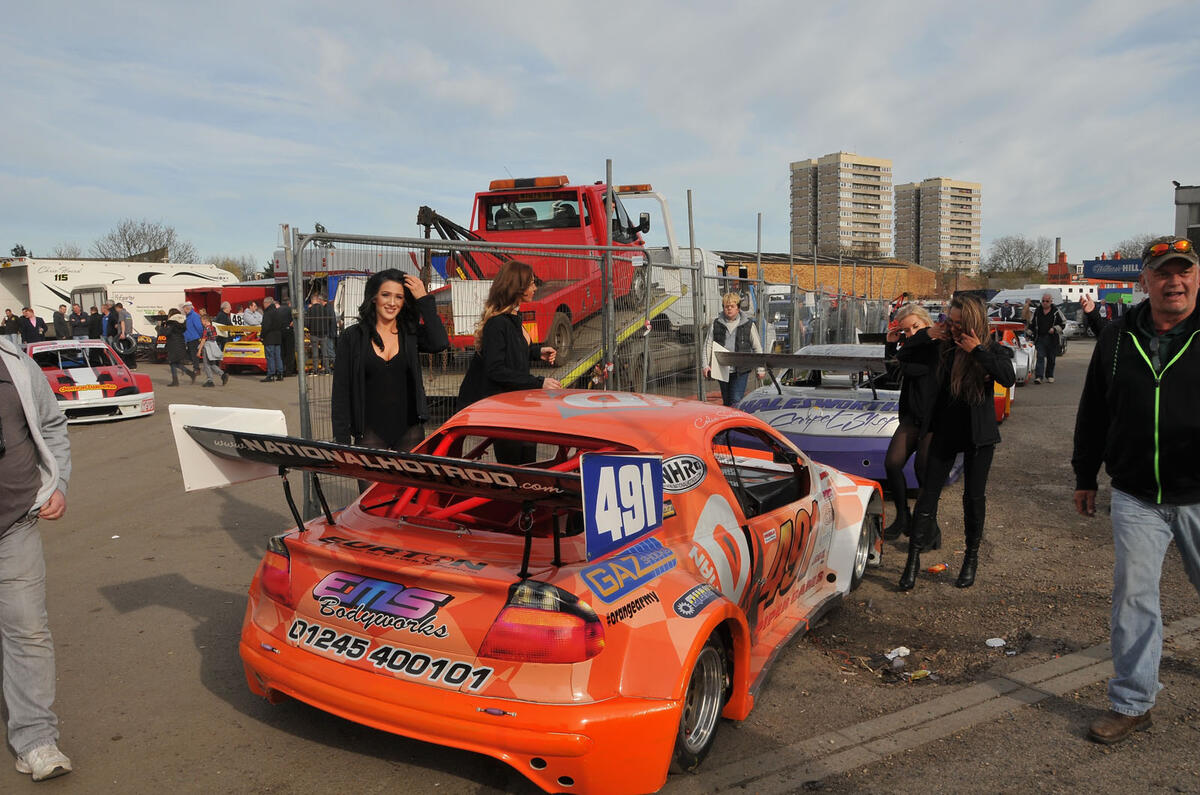
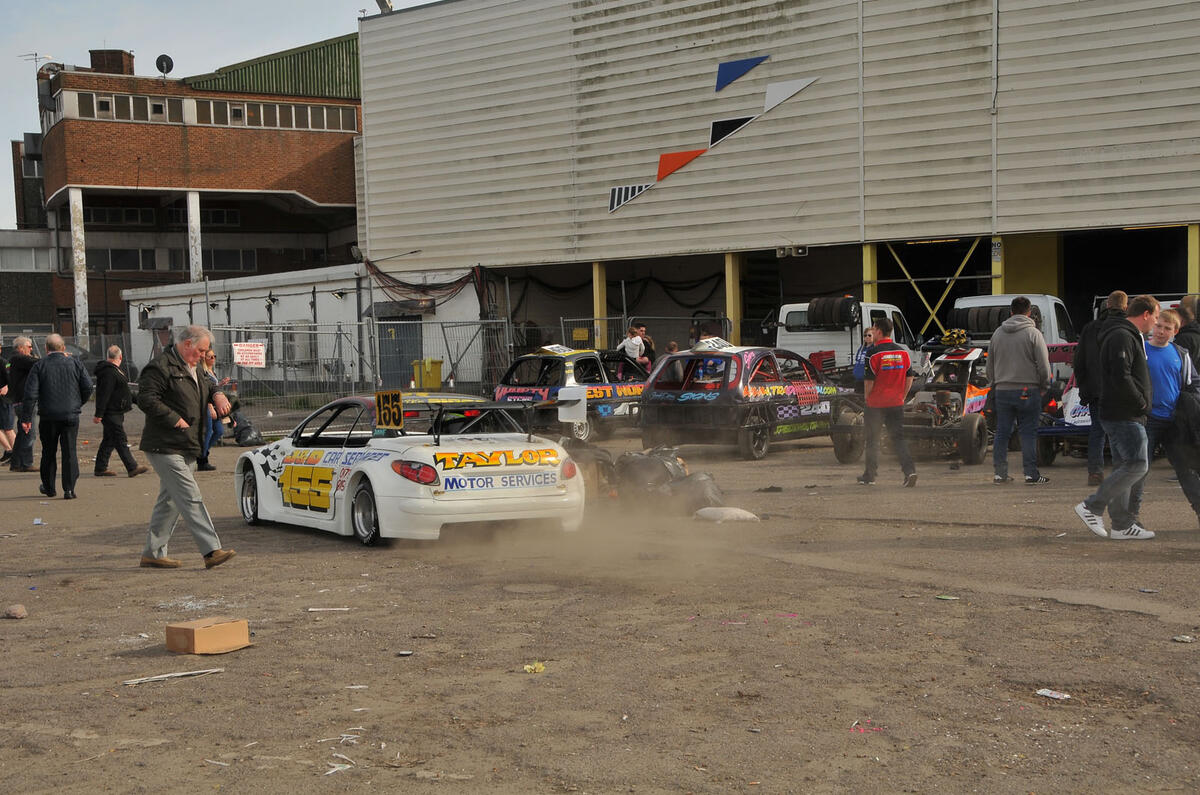
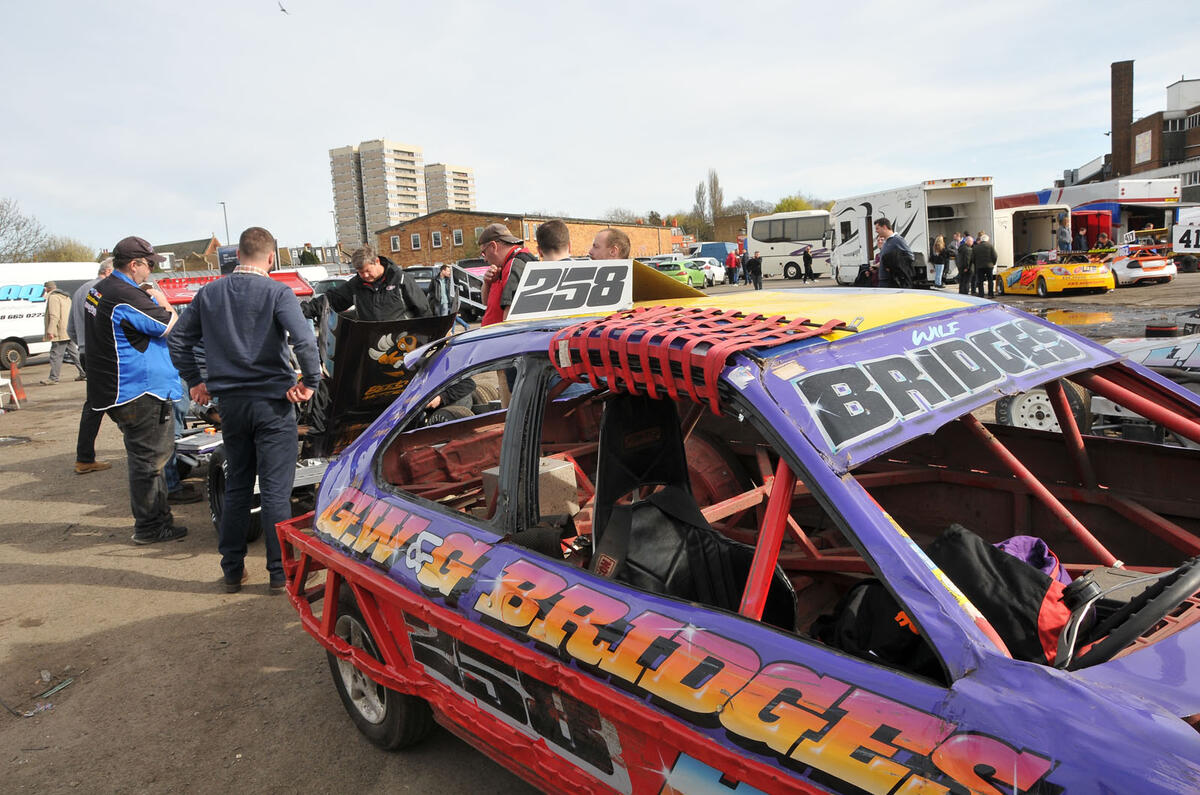

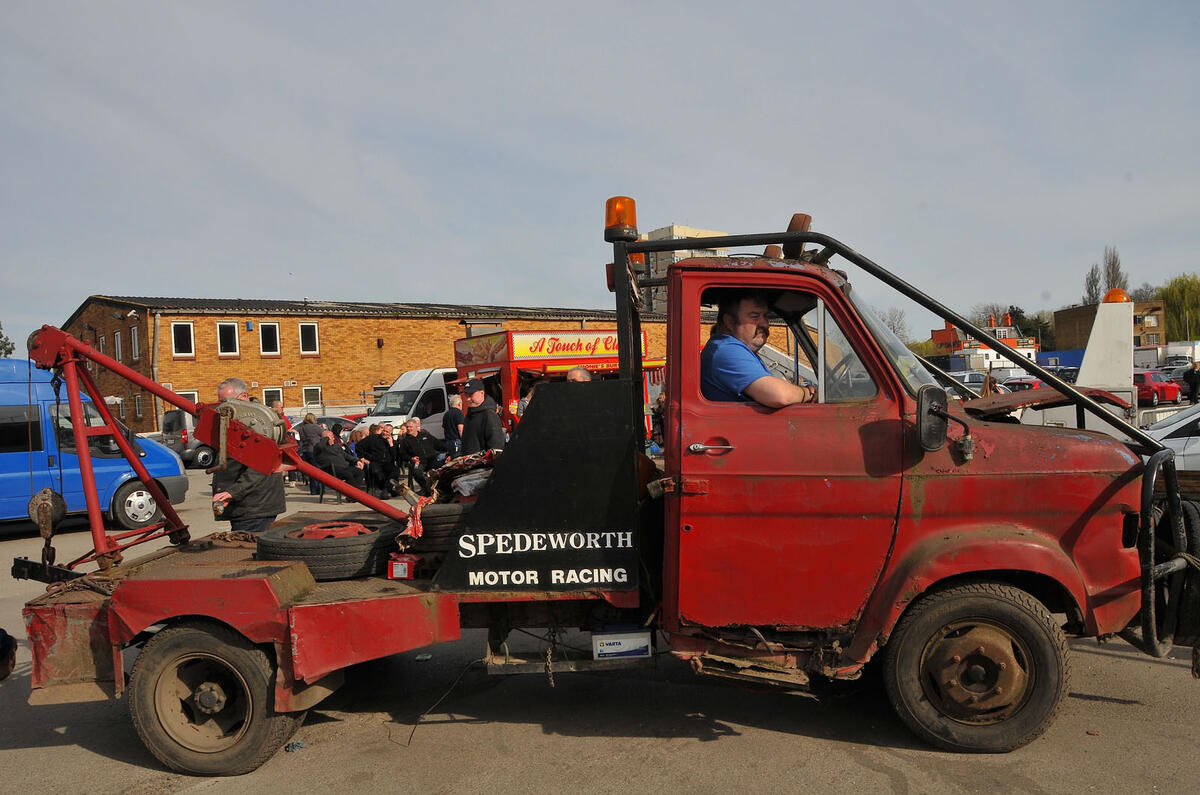


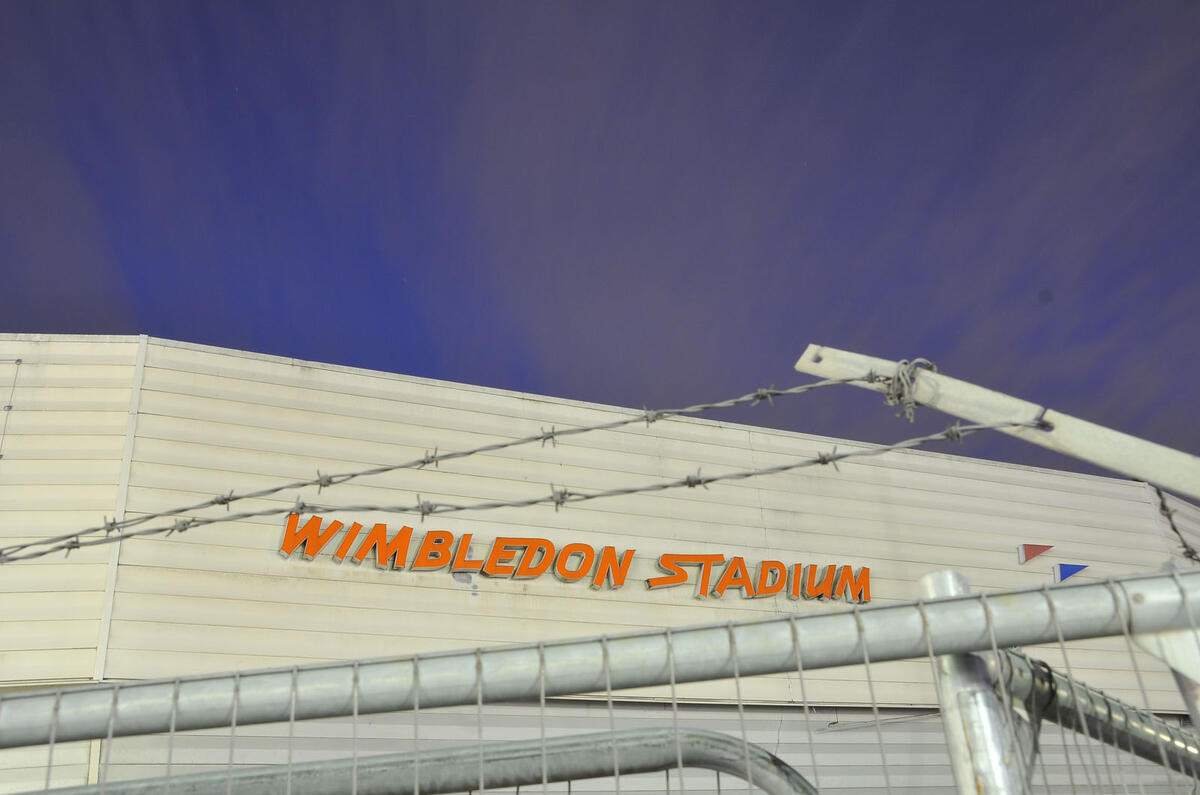
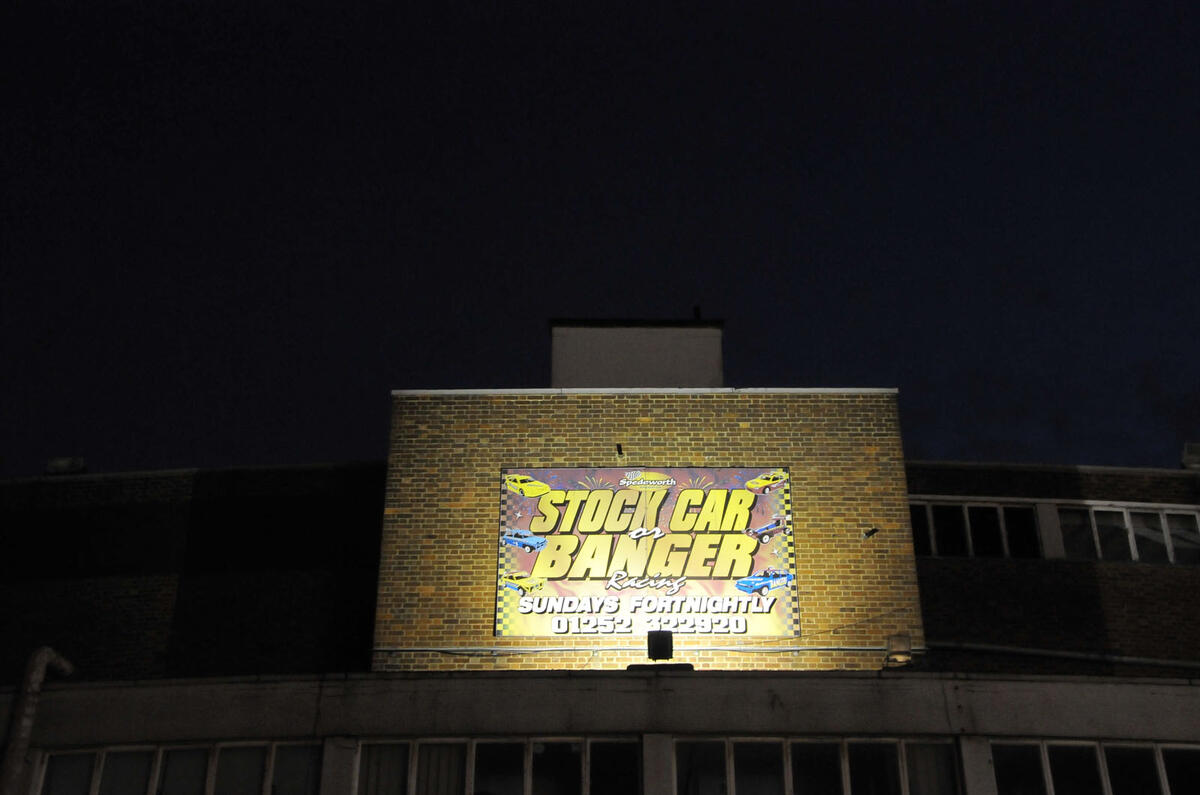
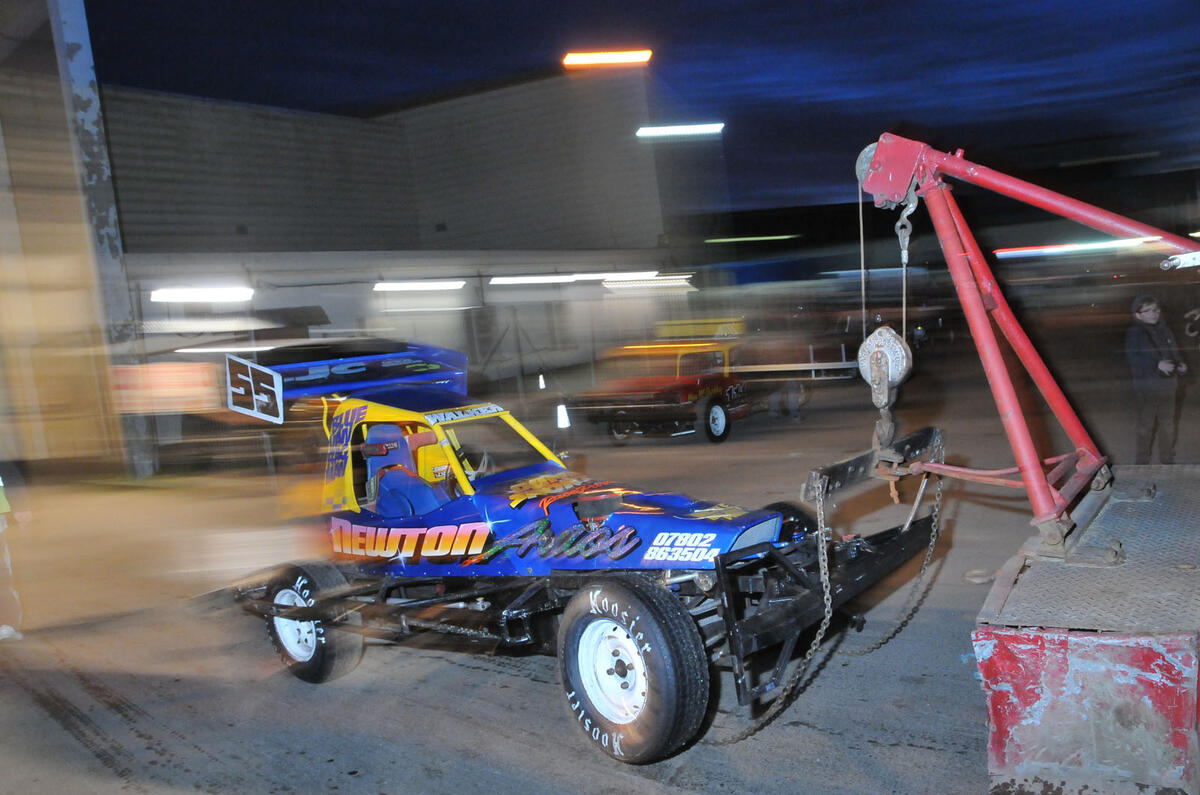
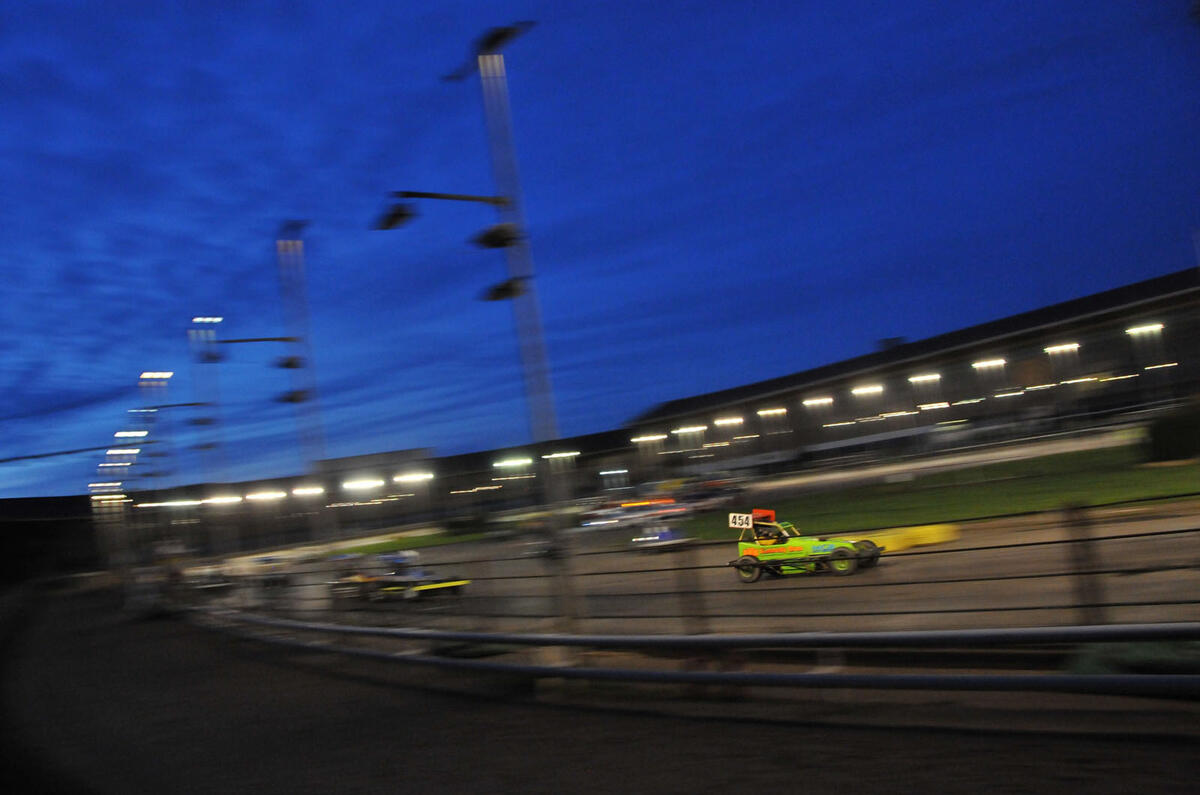
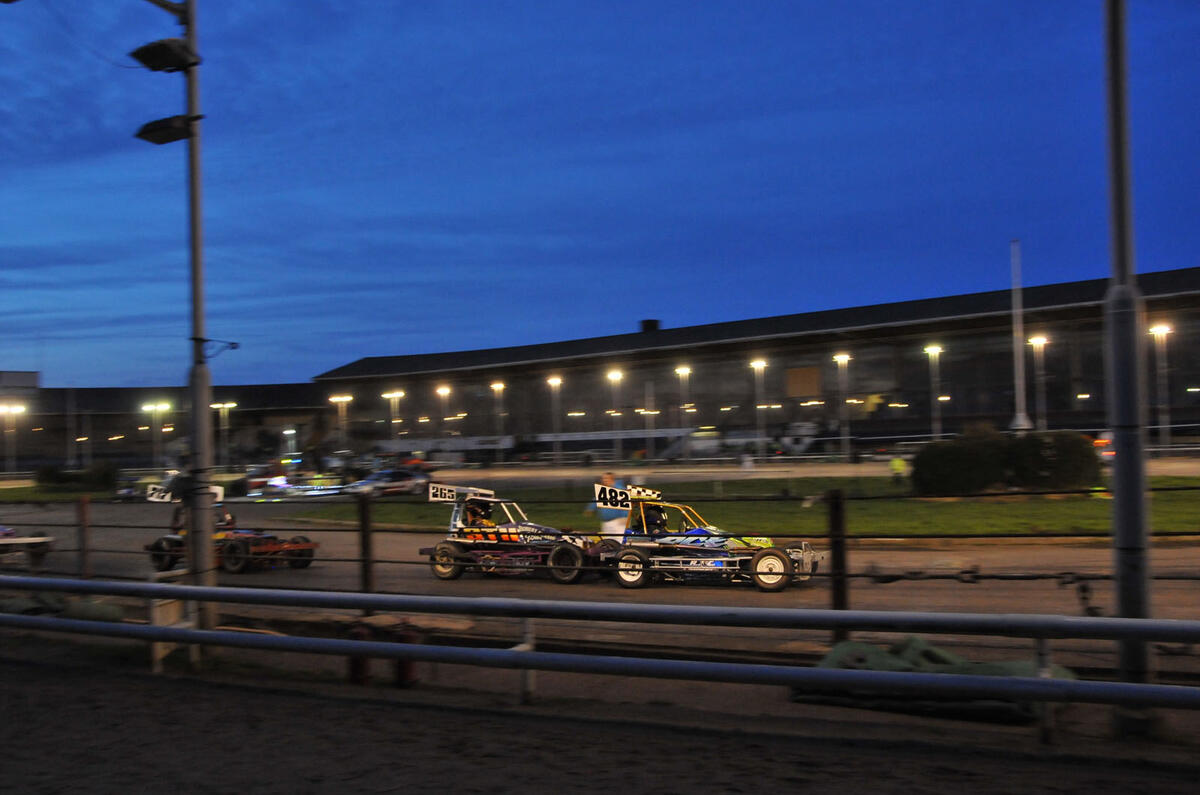
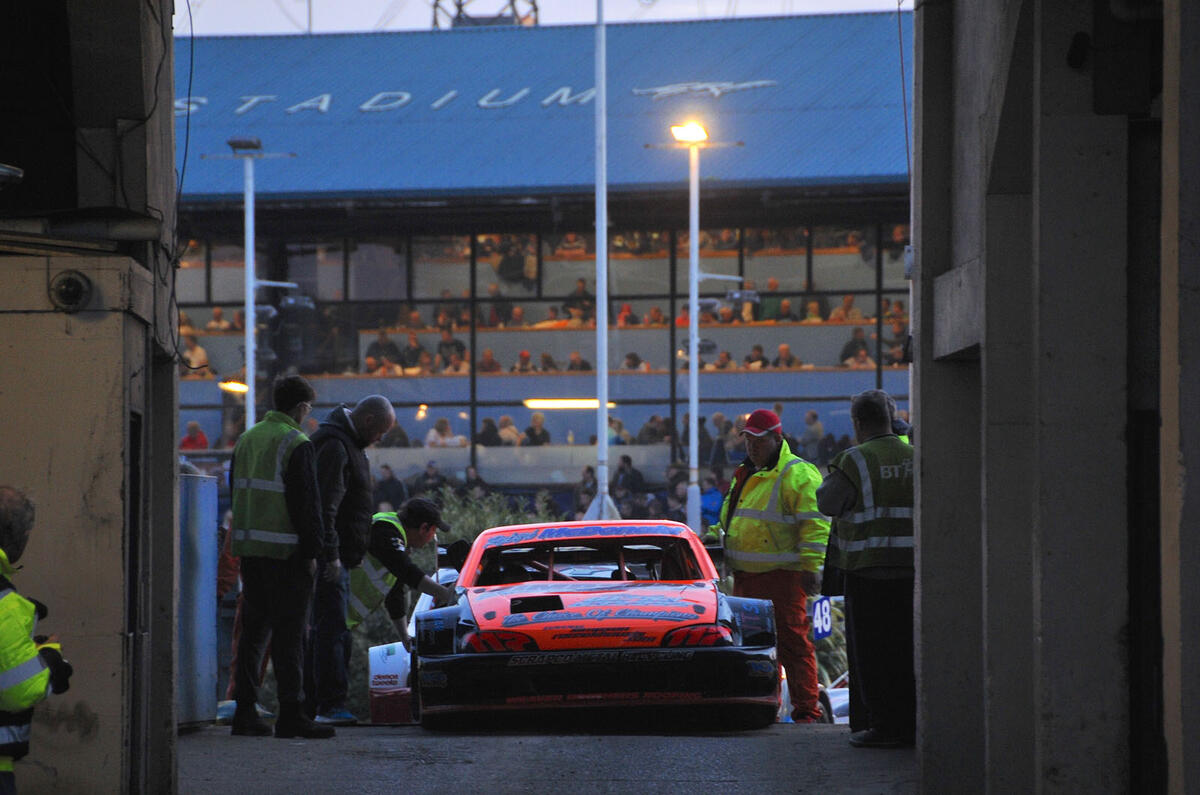
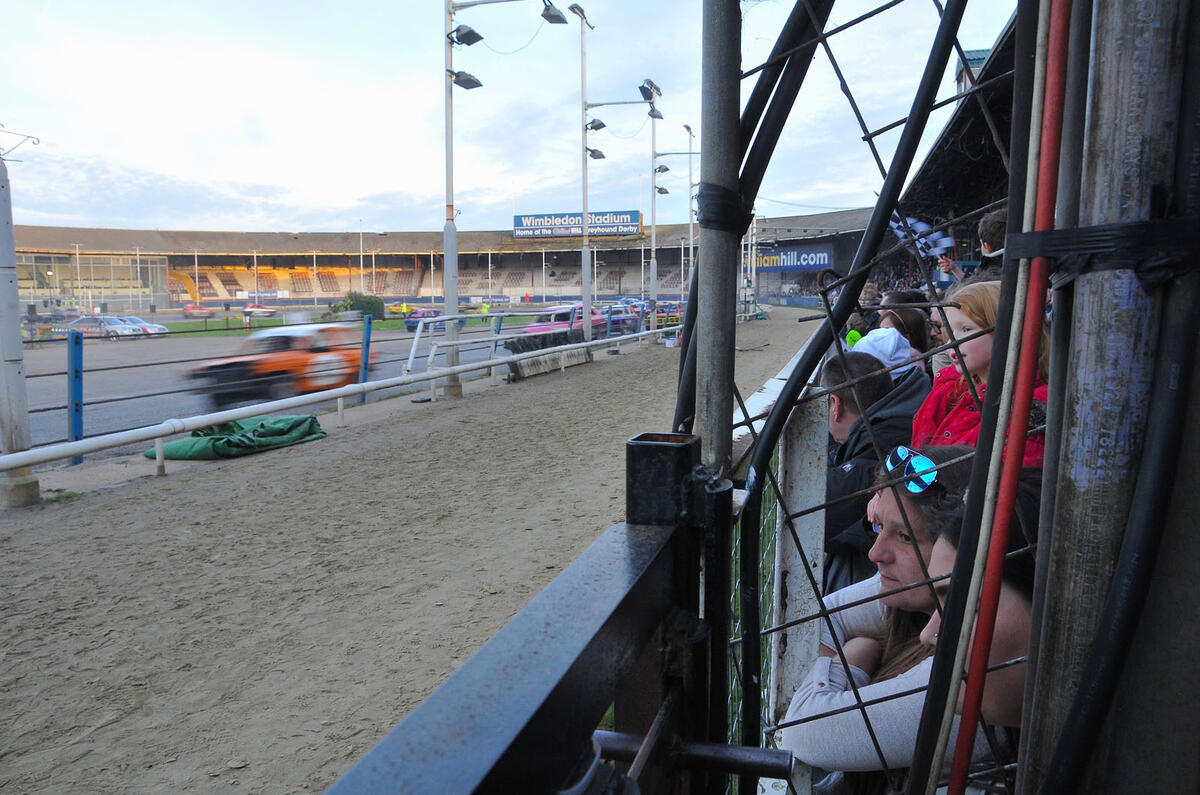
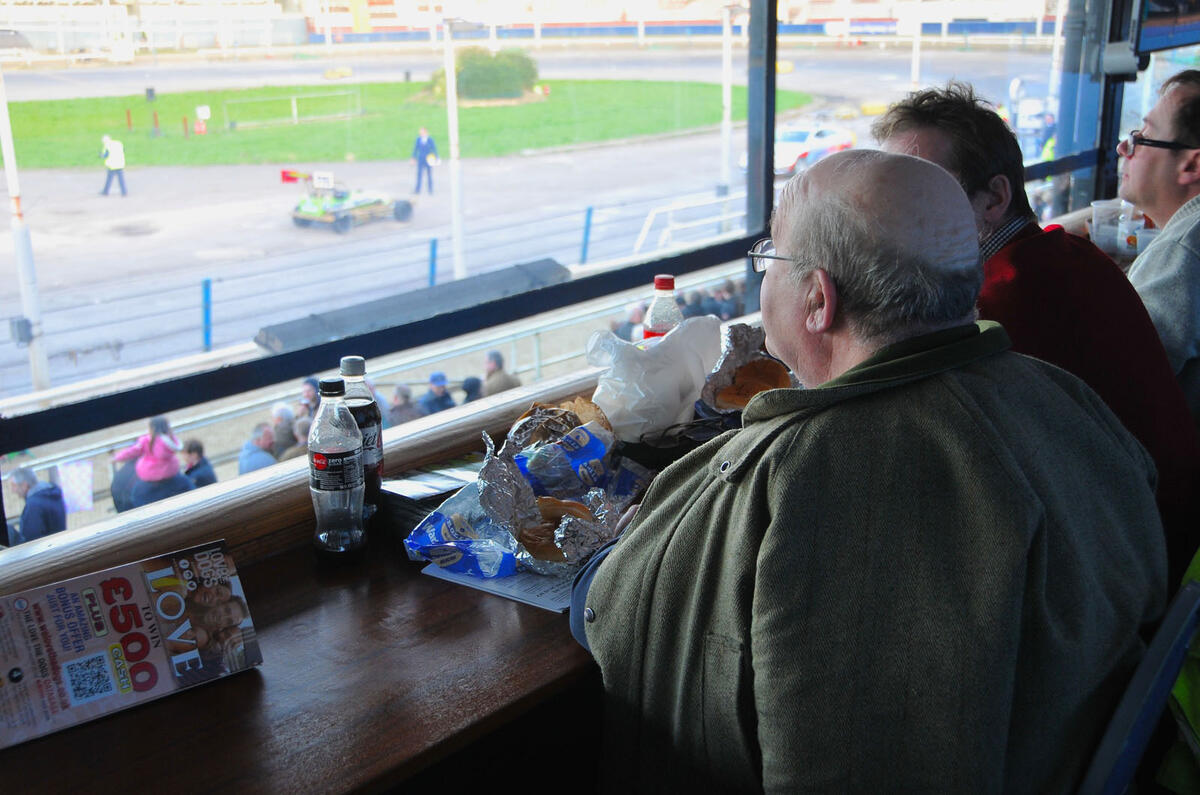
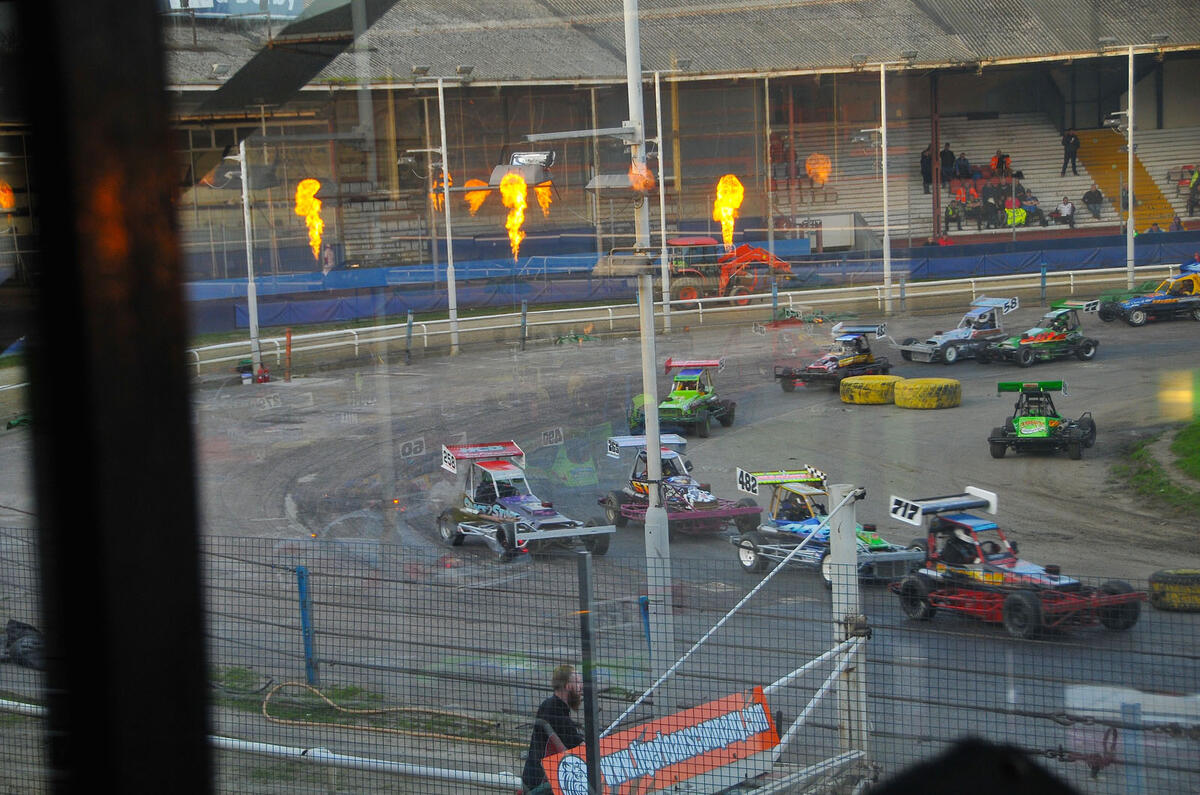
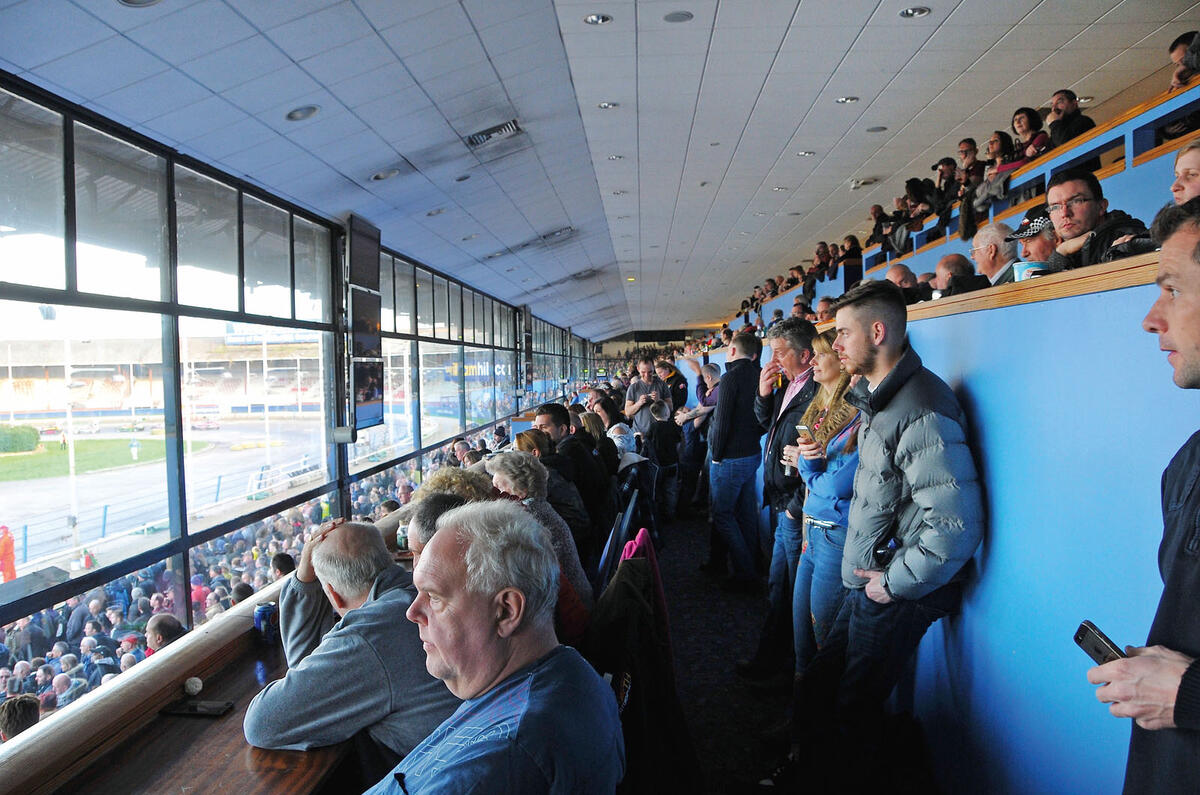
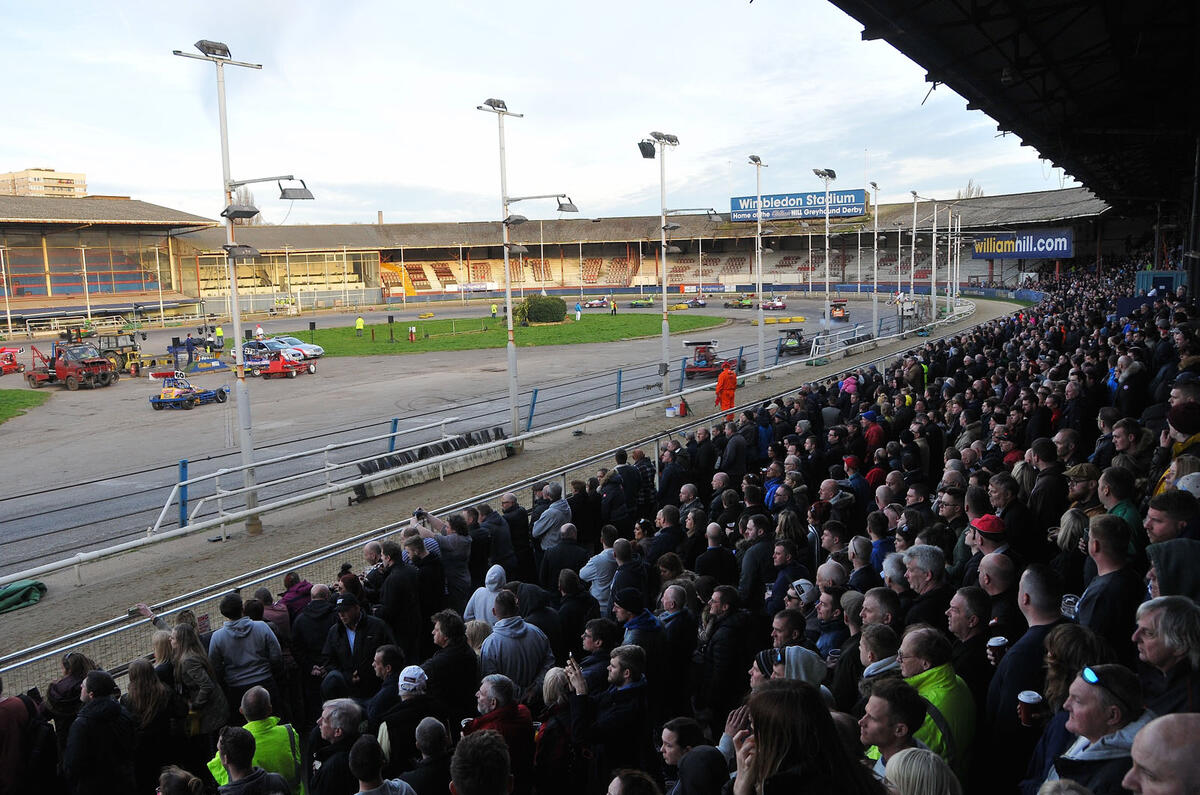
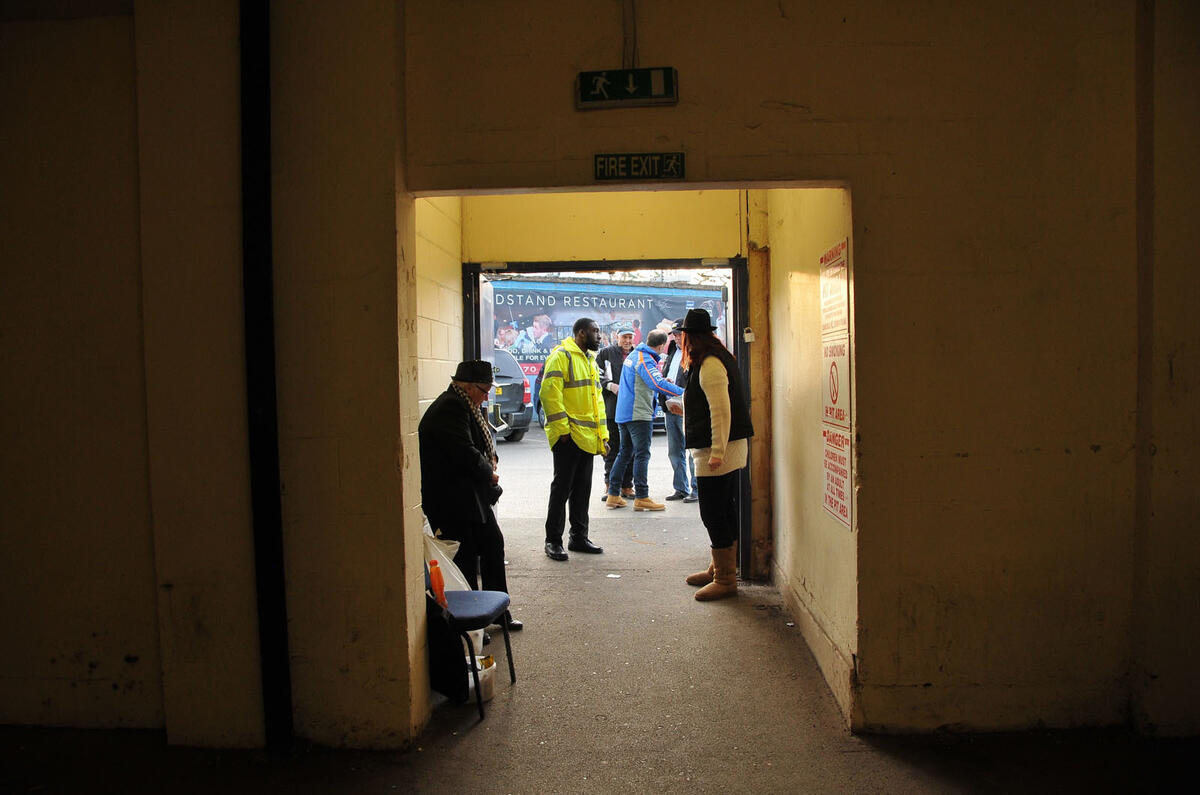

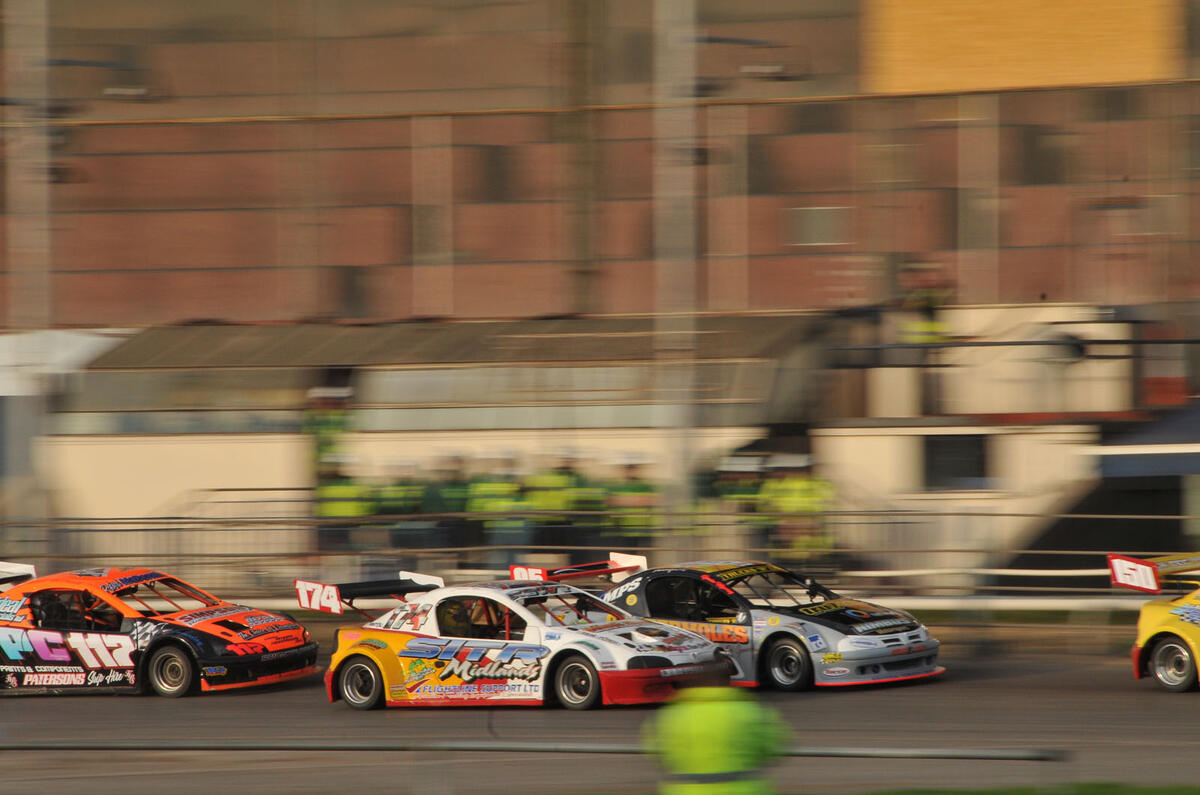

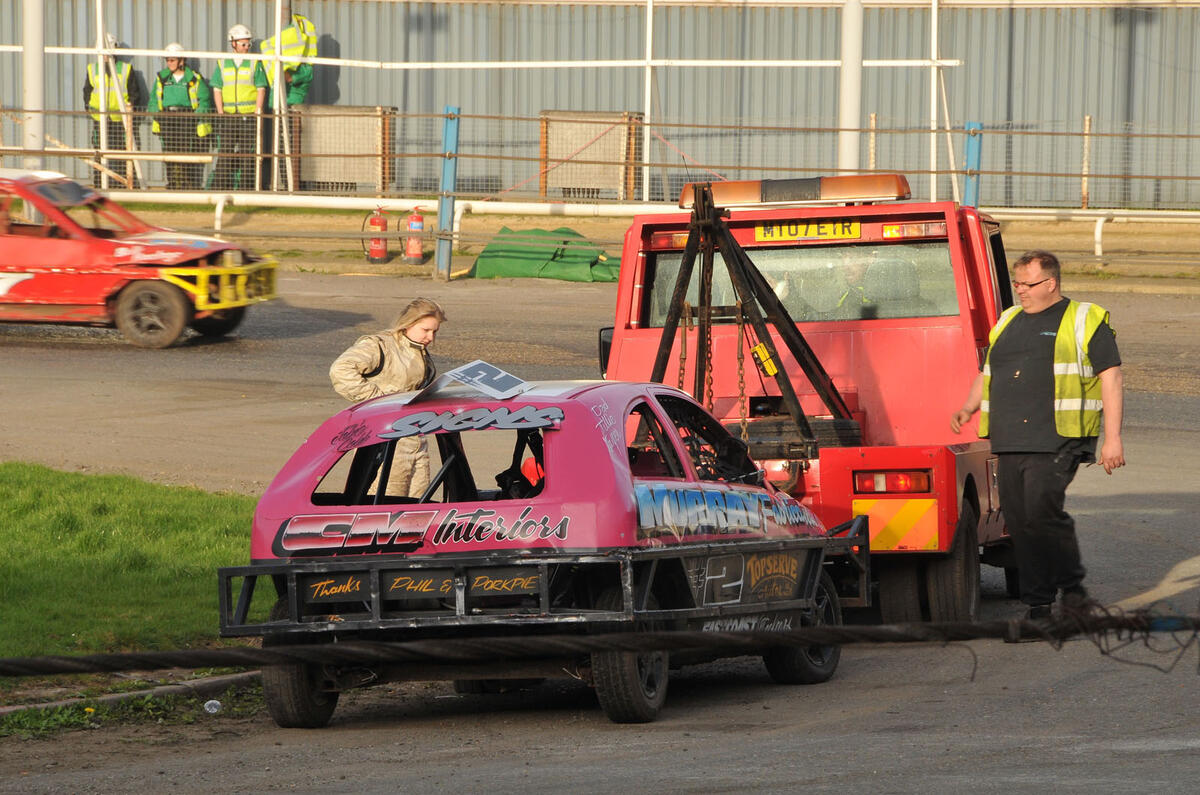
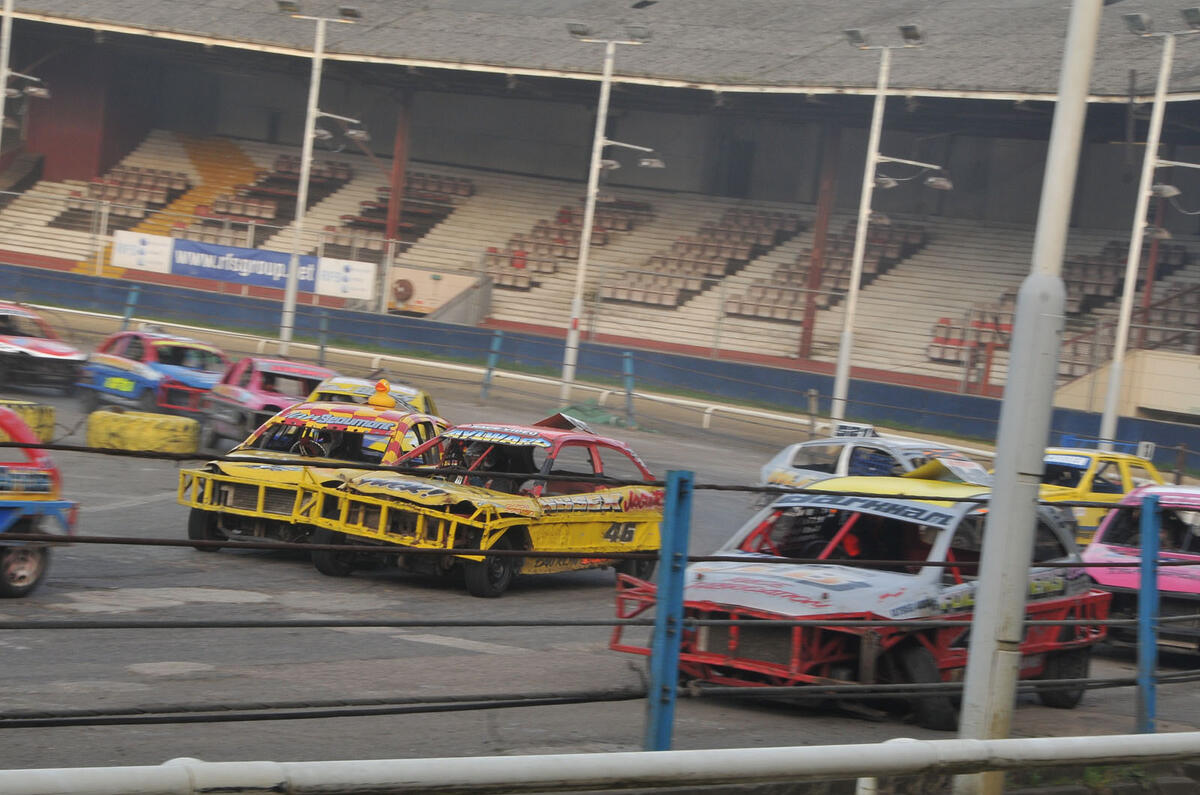
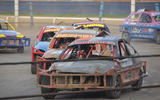
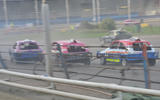
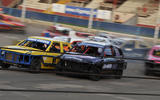
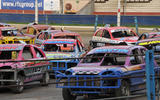
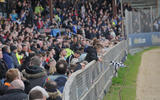
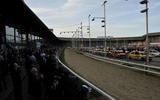
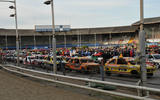
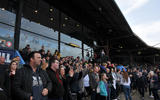
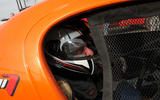
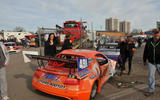
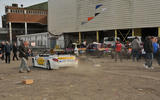

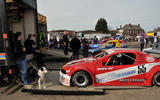


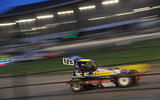
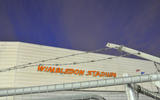
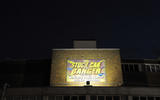
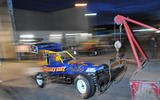
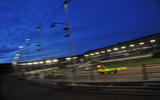
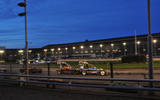
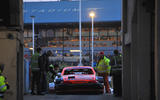

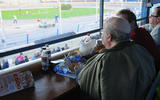
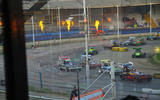
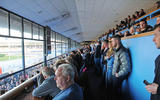
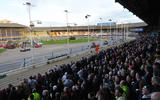
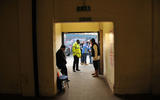
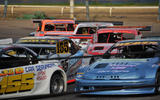
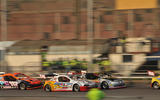

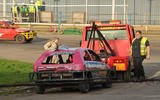
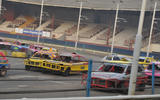


Join the debate
Add your comment
Wimbledon
The Stadium is in a depressing state of disrepair, with all but the main grandstand closed.
It's in this state for a number of reasons, one of which is the lack of support from oval racing (and greyhound racing) fans.
If it was as popular as is made out, it would all be in a healthy state!!
It's sad to see historical places close, but maybe this one had had its day?!!